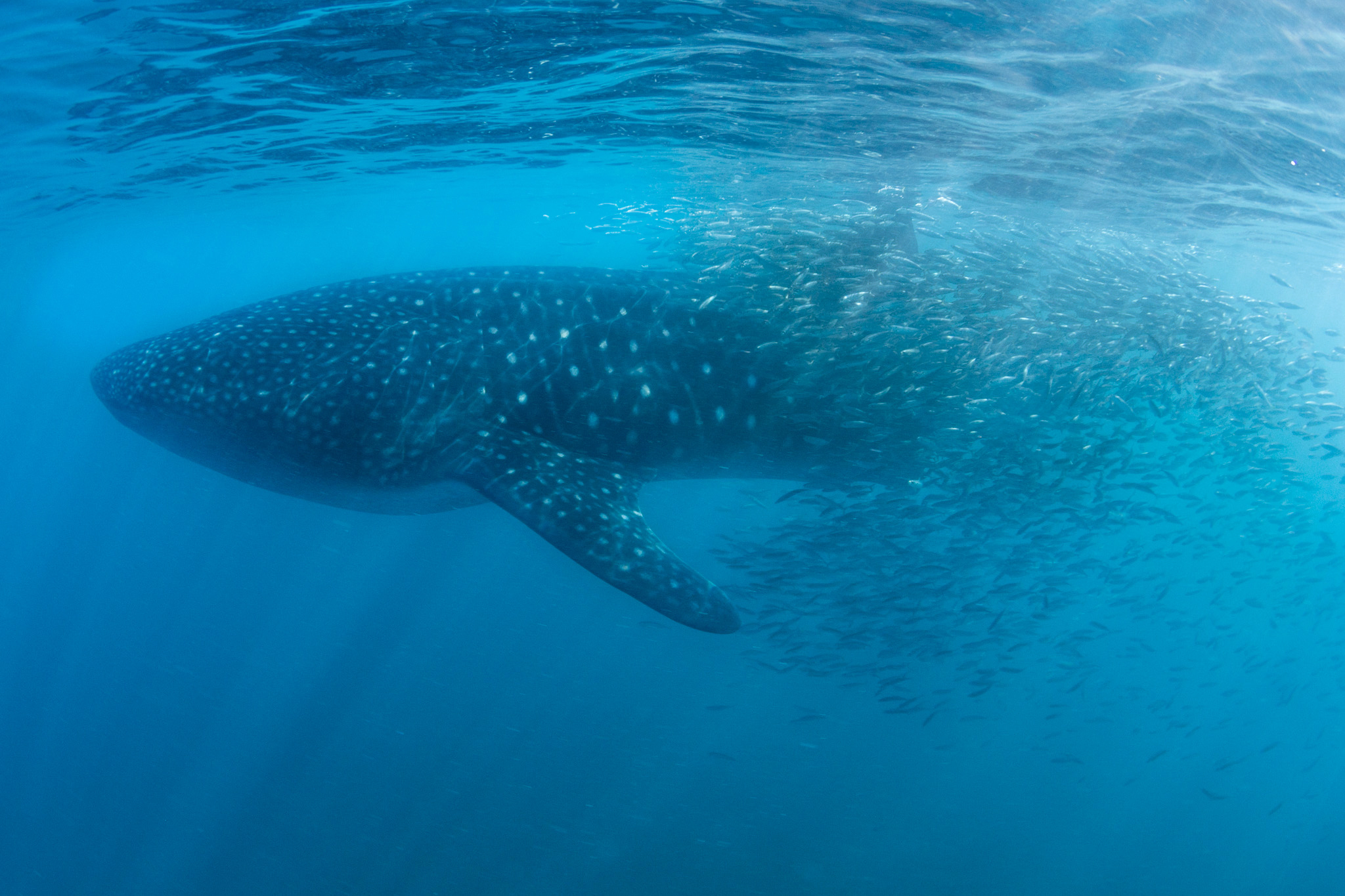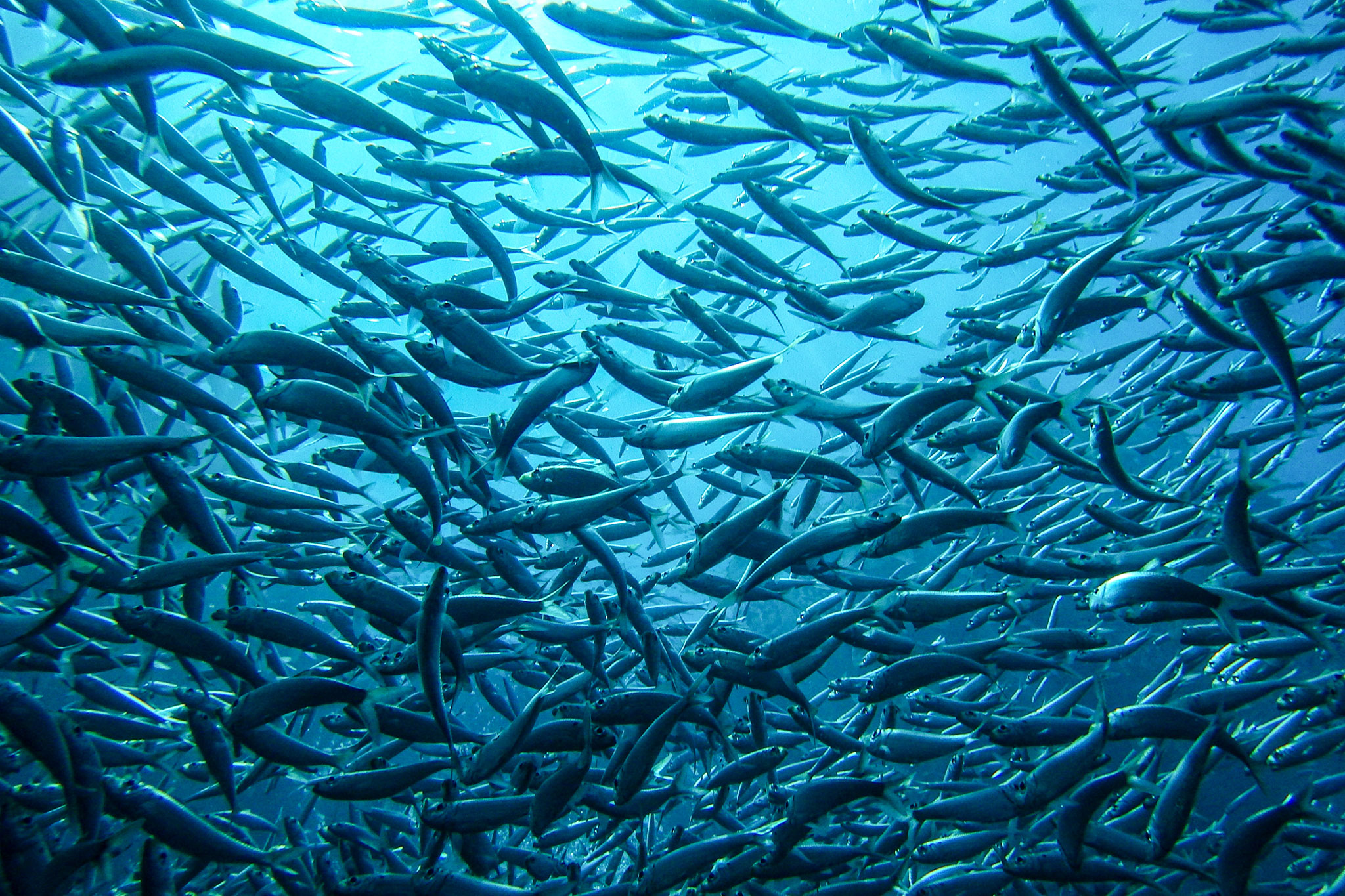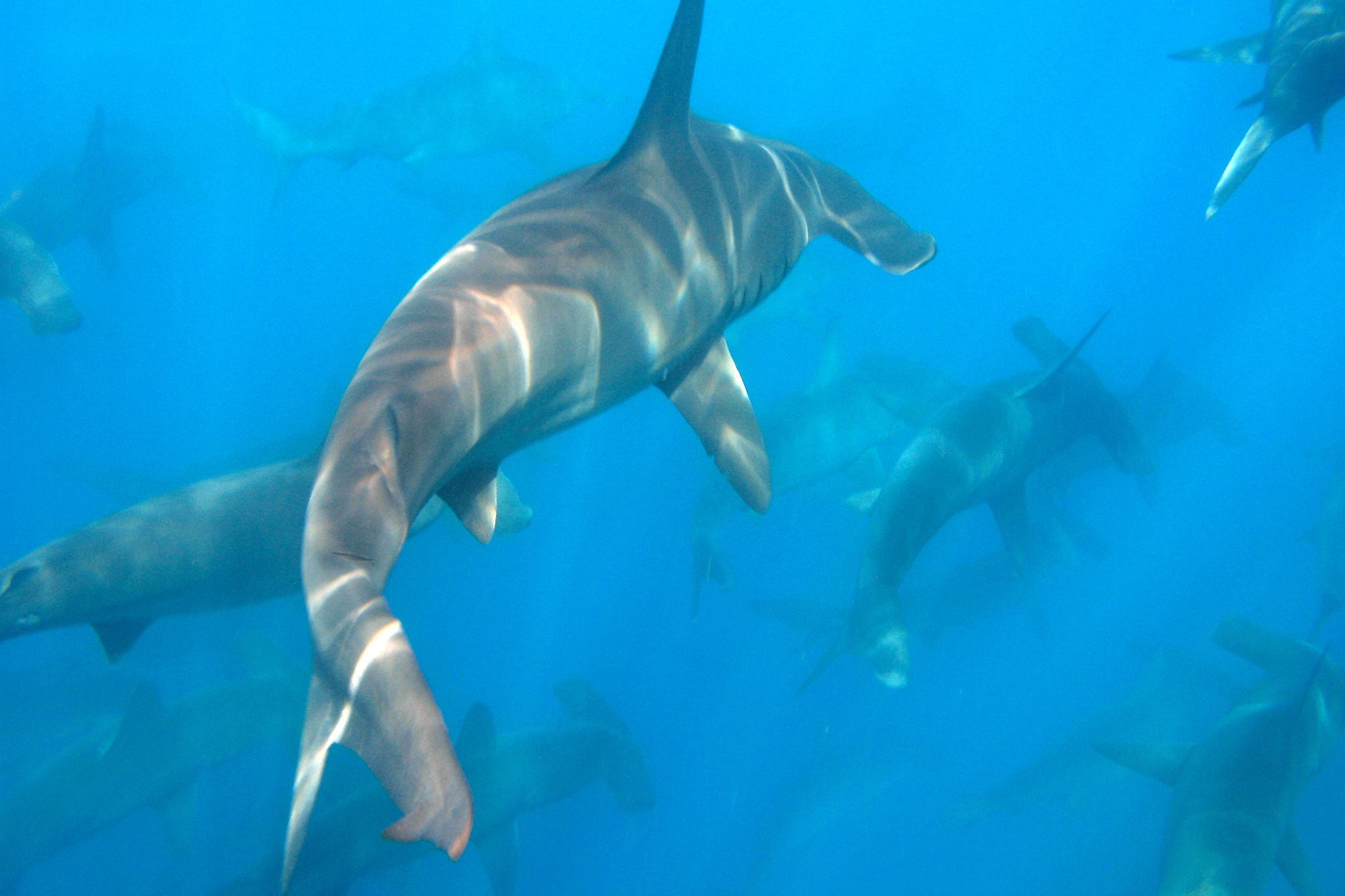When the figure of Natural Protected Areas (NPA) first emerged in Mexico, they sought to conserve mainly forests that favored hydrological basins. Later, they focused on emblematic marine and terrestrial species, to later focus on representative tropical rainforests such as Monte Azules (Chiapas), Calakmul (Campeche) and Sian Kaan (Quintana Roo).
It was not until the 1990s that areas in the sea inhabited by representative species such as whales, sharks or coral reefs began to be protected; all these areas were rather small.
By the 2000s, the Mesoamerican Barrier Reef System was established, a shared coral reef of 1000 kilometers that goes Cabo Catoche, in Quintana Roo, to Roatan, in Honduras, passing through Guatemala and Belize. This was one of the first attempts to protect an international marine corridor.
At the same time that marine conservation efforts were growing, the fishing industry was on the rise, sophisticated industrial vessels with state-of-the-art technology that allowed them to increase their catches and travel greater distances. Environmental initiatives proved insufficient.
Revillagigedo made a difference
Over the years, the opposition between the fishing industry and the environmental authorities worsened; both actors with opposing positions operating in opposite directions, and far dialogue. In this scenario, in 2017 a big step was taken when the Revillagigedo Archipelago Biosphere Reserve (created in 1994, and located in the Pacific Ocean) was decreed as a National Park, going 384,000 hectares where fishing (industrial and sport fishing) was allowed to 14.8 million hectares, becoming the largest
Marine Protected Area (MPA) free of any type of fishing in North America, thus fulfilling two fundamental characteristics to achieve true protection: large-scale and strongly protected. More than four years after its creation, it has proven to be highly functional and productive. Contrary to popular belief, a large and highly restrictive area can be policed more efficiently.
Revillagigedo National Park (RNP) joins the growing list of MPAs that are betting on extensive polygons where any extractive activity is prohibited, such as Papahanaumokuakea National Monument (in Hawaii) and the recently expanded Cocos Island (Costa Rica), Galapagos National Park (Ecuador) and Coiba National Park (Panama).
As if that werent enough, a few months ago the RNP joined the Marine Areas Network of the Eastern Tropical Pacific Marine Corridor (CMAR) and just last December received the Blue Park Award granted by the Marine Conservation Institute. We are on the right track, because once again it is confirmed that MPAs with a long-term vision are true savings banks for fisheries and guarantee food security in Mexico.
Conservation and Promotion as Allies of Biodiversity
For years I have promoted the creation of MPAs in Mexico, and today I have no doubt that it is time to evolve and transform the way in which these tools emerge. The conservation of nature is an ally of responsible and orderly development; it can be protected and, at the same time, promote productive activities.
From now on, the birth and operation of MPAs in Mexico and the world must include intersectoral participation that involves environmental authorities, local governments, academic institutions, and science, as well as agencies linked to fisheries and development, particularly tourism, which today is another subject that plays in favor of conservation. At the end of the day, the same ocean connects us all.
In the future, all those involved should have the opportunity to regulate and operate according to their faculties, under a co-management scheme. Even more so if we consider that MPAs are not opposed to other instruments such as fishing refuges or wildlife sanctuaries.
As is well known, MPAs have Advisory Council in which CONAPESCA and INAPESCA hardly participate. Here there is a great opportunity for collaboration because it is the ideal space to discuss differences and plan joint long-term actions where the faculties and visions of each institution can achieve better coordination. All actors with legitimate involvement in the subject should be represented there.
MPAs need sufficient and constant resources to operate efficiently. Fortunately, there are more and more international funds and businessmen willing to contribute resources for the creation and management of MPAs; this is how we set about the task of creating the Fund for the Conservation of the Seas (FOMARES), which seeks to support conservation, restoration, and promotion projects in Mexicos seas.
We have before us the perfect conditions to achieve this because there is will, there are projects in the pipeline, and the growing interest of society in general. I invite you to reflect; it is time to achieve what I have called the Blue Revolution.
Sobre el autor
Explorer and naturalist. For three decades he has dedicated his efforts to designing and implementing public policies in Mexico, as well as promoting the declaration of new MPAs, including federal, state, and private ones. He was part of the team that created CONANP (National Commission of Natural Protected Areas). Specialist in ocean and marine conservation.











































































































